Since Trump did not say these 27 words to NATO allies, his top advisers are still cleaning up the mess

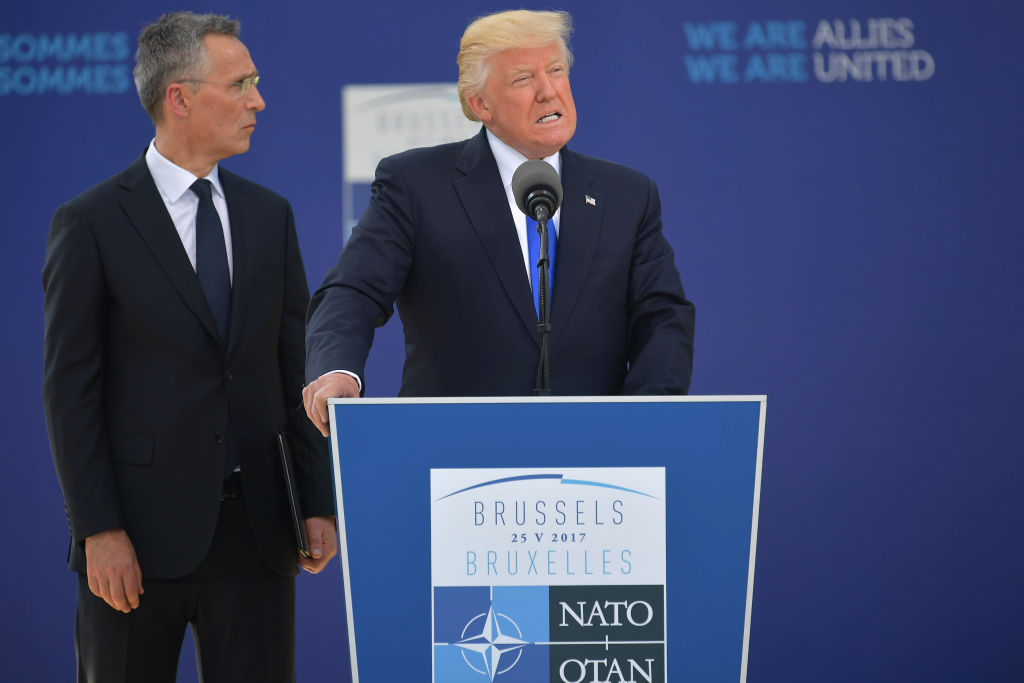
On Monday, Politico's Susan Glasser reported that President Trump's national security team was blindsided when Trump failed to commit to NATO's foundational Article 5 in his May 25 speech to fellow NATO leaders. On Tuesday, a senior administration source provided her the 27-word sentence that was included in Trump's final draft of the speech green-lighted by the Pentagon two days earlier, but which Trump omitted: "We face many threats, but I stand here before you with a clear message: The U.S. commitment to the NATO alliance and to Article 5 is unwavering."
Article 5 commits NATO members to mutual defense — if one of them is attacked, all members are attacked. It has been invoked only once, after the Sept. 11, 2001, terrorist attacks on the U.S. "This was unambiguous," the source told Politico, "and it was taken out." Since Trump failed to mention Article 5 at all, his top advisers, including National Security Adviser H.R. McMaster and Defense Secretary James Mattis, have been on "what aides are openly calling 'cleanup duty'" with close allies, Glasser reports. Vice President Mike Pence, for example, included a near-verbatim formulation of those 27 words in a speech he gave Monday to the Atlantic Council.
Some Trump aides have argued that the controversy is overblown and Trump's decision not to say those words doesn't matter, because of course the U.S. is committed to NATO. Glasser even notes an apparent lie by Stephen Miller, Trump's "strongly nationalist" policy adviser believed to have written the speech. In a background briefing on Trump's overseas trip, she says, "Miller not only told the journalists aboard Air Force One that it did not matter whether Trump reaffirmed the Article 5 commitment but also went further, claiming, 'the first time any of us ever thought about the issue of putting in a 'reaffirmation' was when we got inquiries about it after the speech. It was just not ever something that we even considered would be asked about because it just seemed to go without saying.'"
The Week
Escape your echo chamber. Get the facts behind the news, plus analysis from multiple perspectives.

Sign up for The Week's Free Newsletters
From our morning news briefing to a weekly Good News Newsletter, get the best of The Week delivered directly to your inbox.
From our morning news briefing to a weekly Good News Newsletter, get the best of The Week delivered directly to your inbox.
"Multiple sources across the administration told me in recent days that account is simply not accurate," Glasser said. You can read her full account at Politico Magazine.
A free daily email with the biggest news stories of the day – and the best features from TheWeek.com
Peter has worked as a news and culture writer and editor at The Week since the site's launch in 2008. He covers politics, world affairs, religion and cultural currents. His journalism career began as a copy editor at a financial newswire and has included editorial positions at The New York Times Magazine, Facts on File, and Oregon State University.
-
 5 fairly vain cartoons about Vanity Fair’s interviews with Susie Wiles
5 fairly vain cartoons about Vanity Fair’s interviews with Susie WilesCartoon Artists take on demolition derby, alcoholic personality, and more
-
 Joanna Trollope: novelist who had a No. 1 bestseller with The Rector’s Wife
Joanna Trollope: novelist who had a No. 1 bestseller with The Rector’s WifeIn the Spotlight Trollope found fame with intelligent novels about the dramas and dilemmas of modern women
-
 Codeword: December 20, 2025
Codeword: December 20, 2025The daily codeword puzzle from The Week
-
 British warship repels 'largest Houthi attack to date' in the Red Sea
British warship repels 'largest Houthi attack to date' in the Red SeaSpeed read Western allies warn of military response to Iranian-backed Yemeni rebels if attacks on ships continue
-
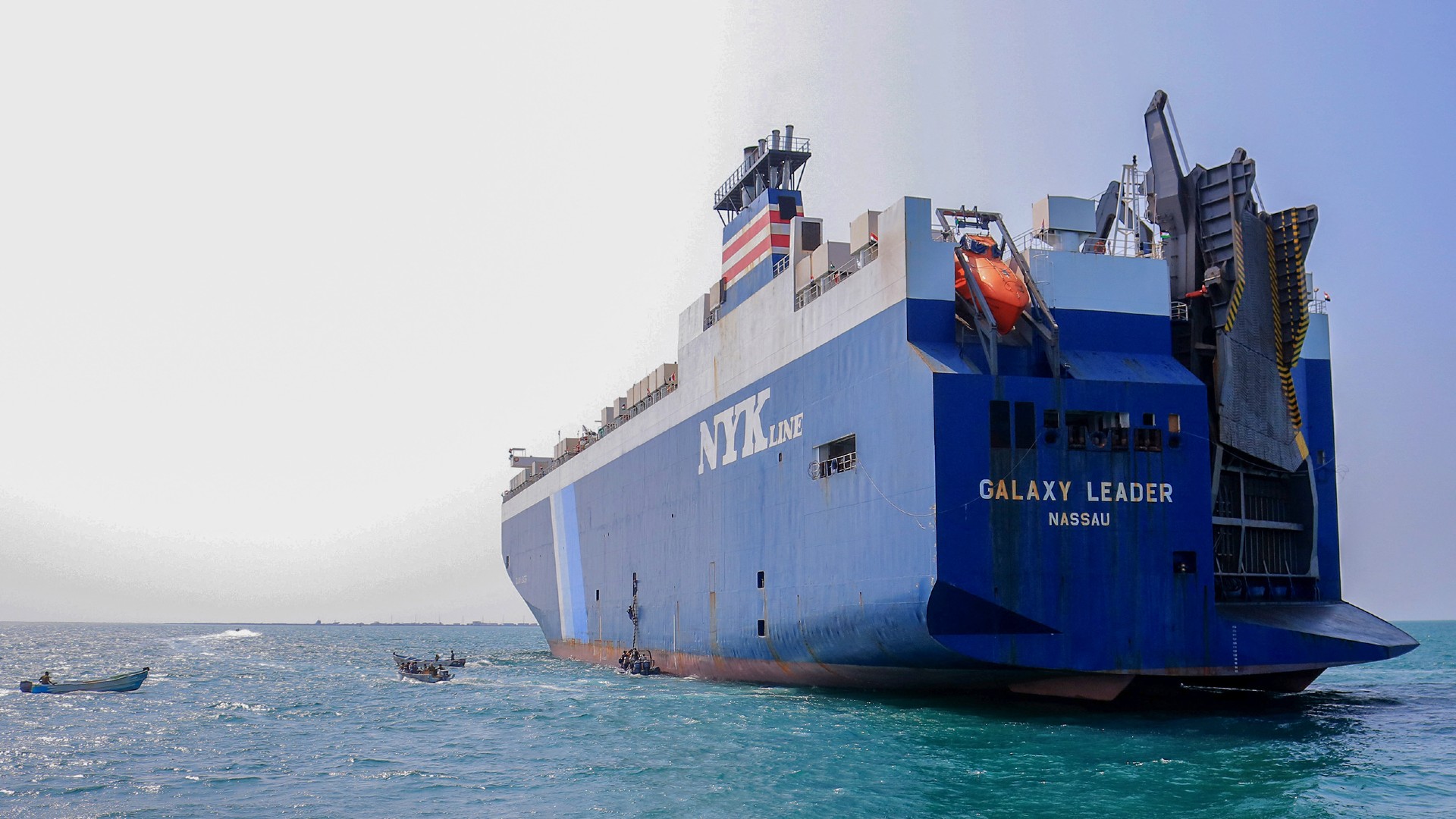 Houthi rebels claim Red Sea ship attacks
Houthi rebels claim Red Sea ship attacksspeed read Iran-backed Yemeni group vows to escalate aggression towards Israel-linked vessels in revenge for Gaza war
-
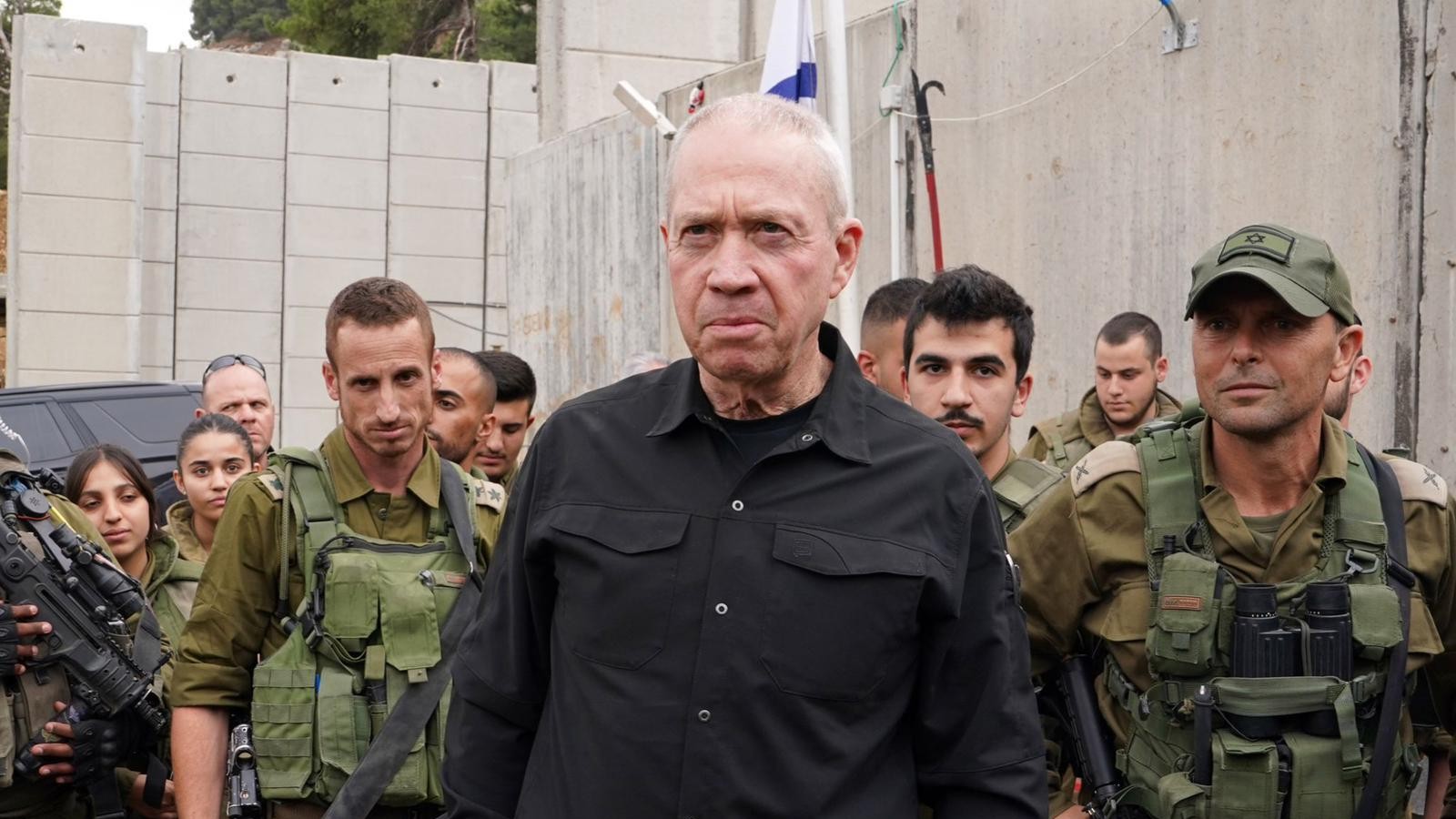 Israel plans next phase of Gaza war as first hostages released
Israel plans next phase of Gaza war as first hostages releasedSpeed read After four-day ceasefire 'we will not stop' until destruction of Hamas, says Israel
-
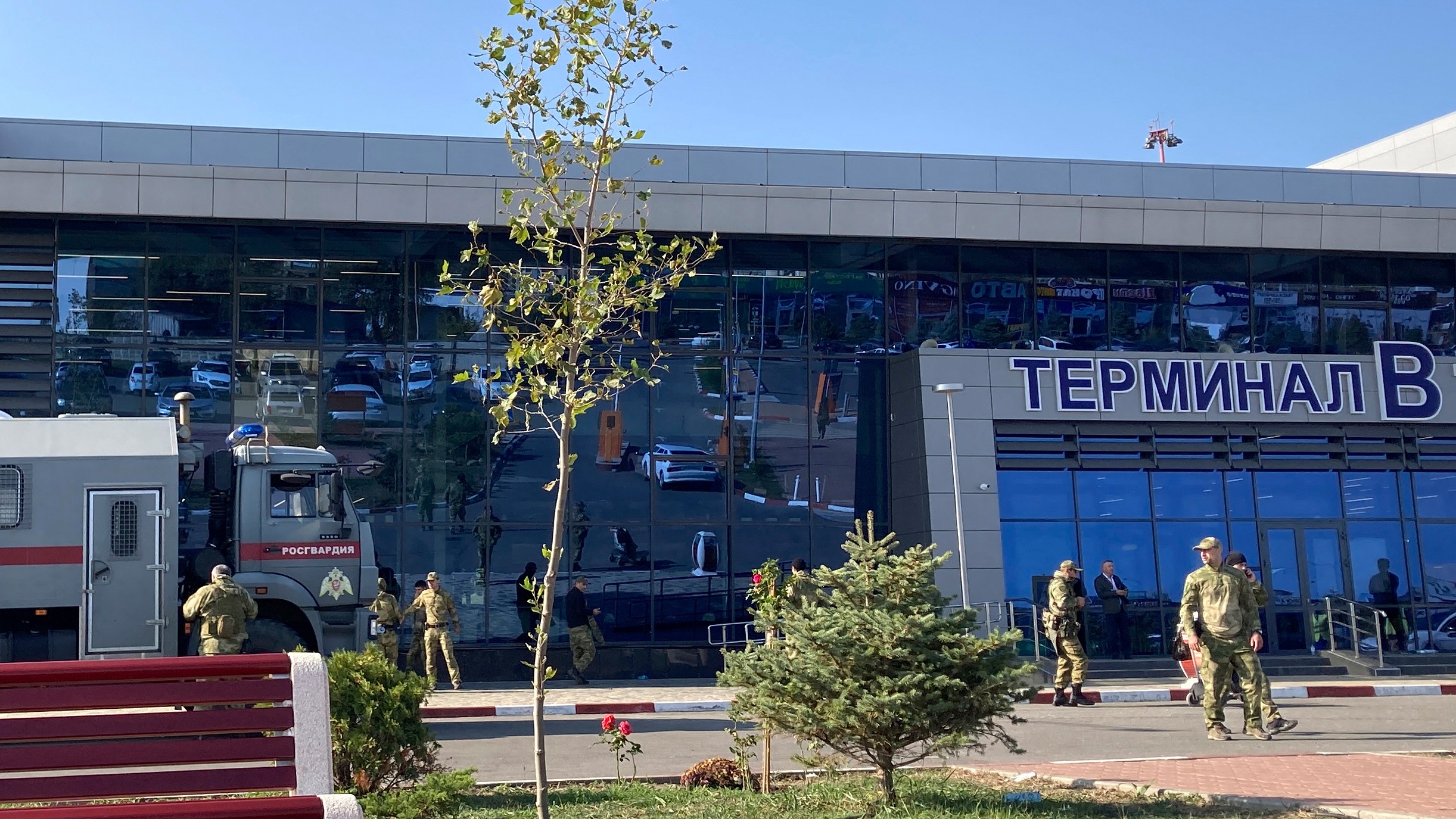 Mob storms Russian airport 'looking for Jews'
Mob storms Russian airport 'looking for Jews'Speed Read Plane from Israel surrounded by rioters chanting antisemitic slogans after landing in Russia's Dagestan region
-
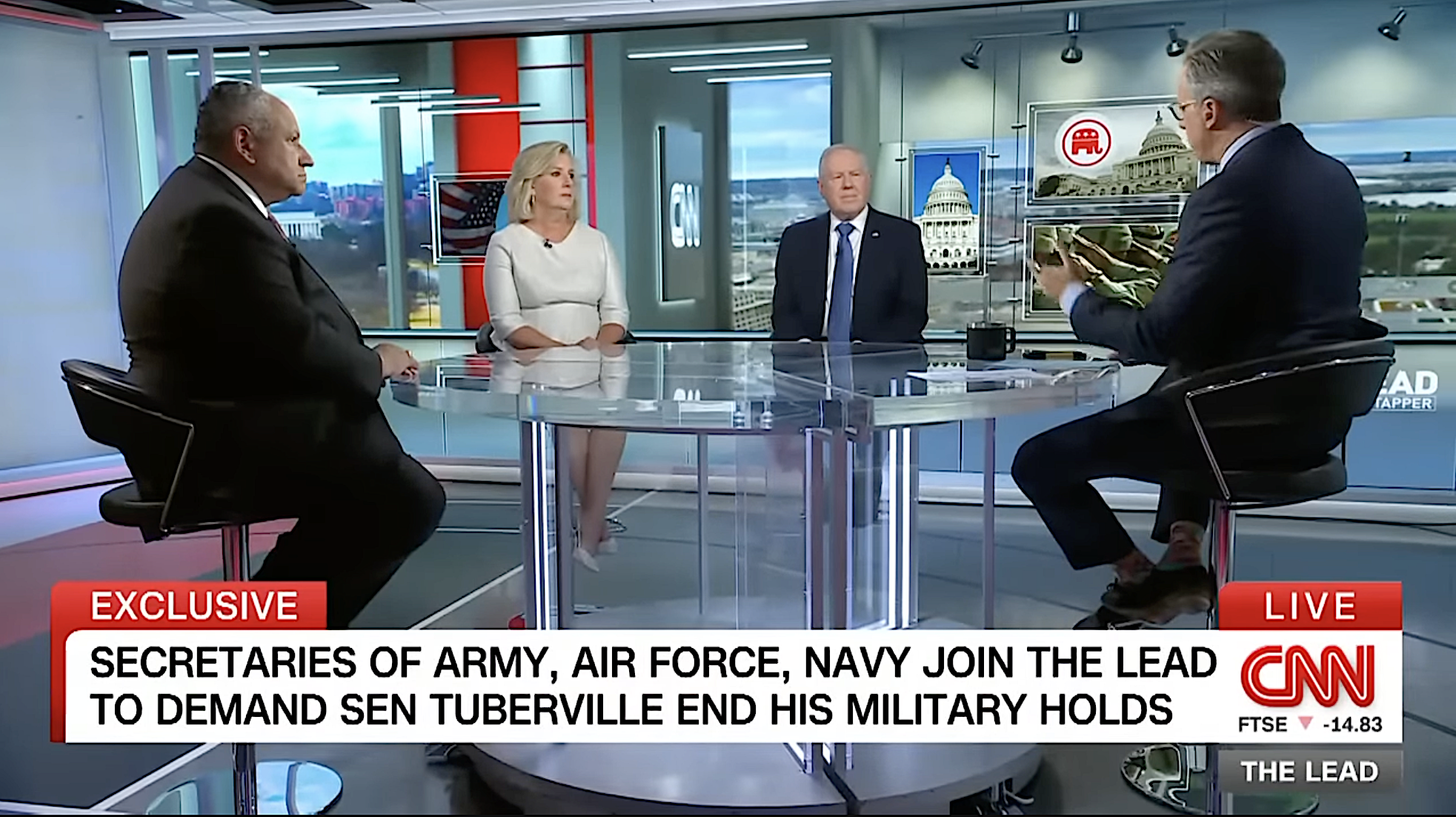 Tuberville's military promotions block is upending lives, combat readiness, 3 military branch chiefs say
Tuberville's military promotions block is upending lives, combat readiness, 3 military branch chiefs saySpeed Read
-
 Ukraine's counteroffensive is making incremental gains. Does it matter in the broader war?
Ukraine's counteroffensive is making incremental gains. Does it matter in the broader war?Speed Read
-
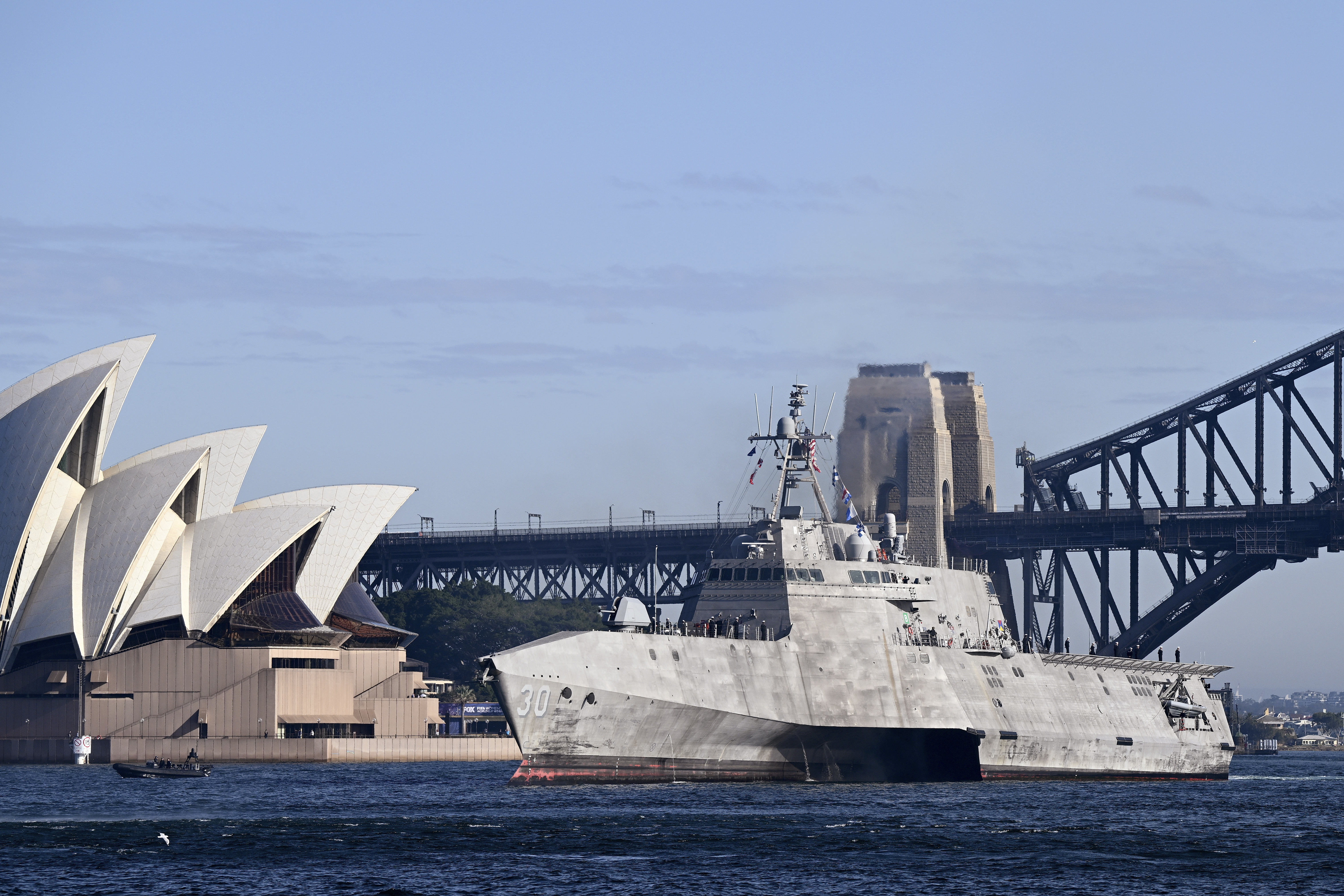 US commissions first-ever Navy ship in a foreign port
US commissions first-ever Navy ship in a foreign portSpeed Read
-
 British spy chief, Wagner video suggest Prigozhin is alive and freely 'floating around'
British spy chief, Wagner video suggest Prigozhin is alive and freely 'floating around'Speed Read
